
When you present your case in front of a court of law, you need to have everything in check. And the one thing any lawyer, including the ones working in the Rosengard law group, is to have the right documentation. Well, in this article, we shall be taking a look at the few relevant paperwork needed to present your case in front of a judge.
1. Law enforcement reports
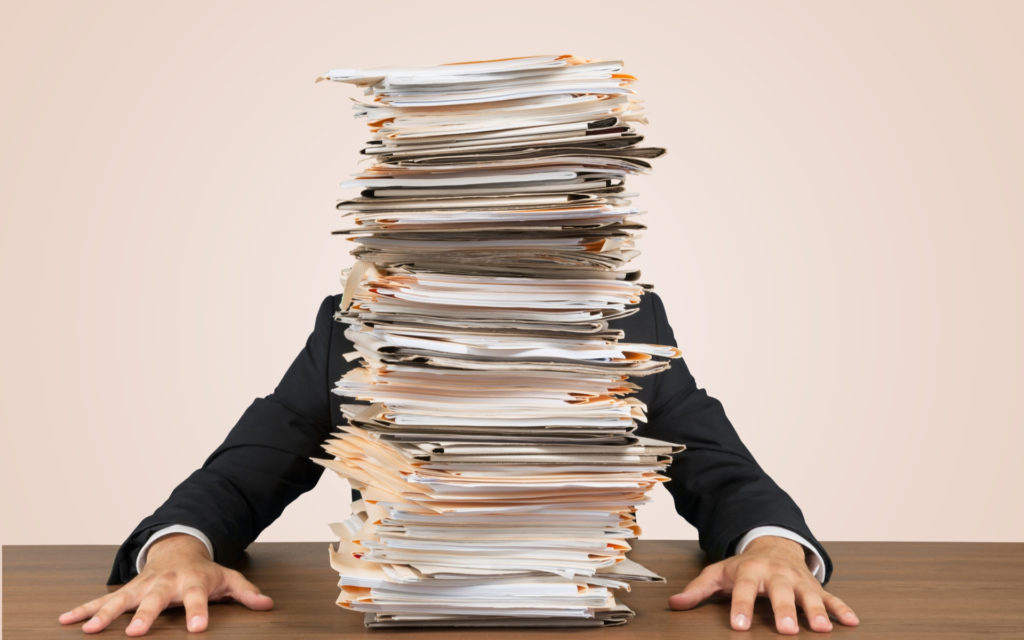
The first set of documents you must have is from the police, or any other law enforcers, including security officers and firefighters. If they were in any way present at the scene of the incident, make sure you have their reports on the matter. Their input will give your case an excellent foundation to build your claim.
2. Photos
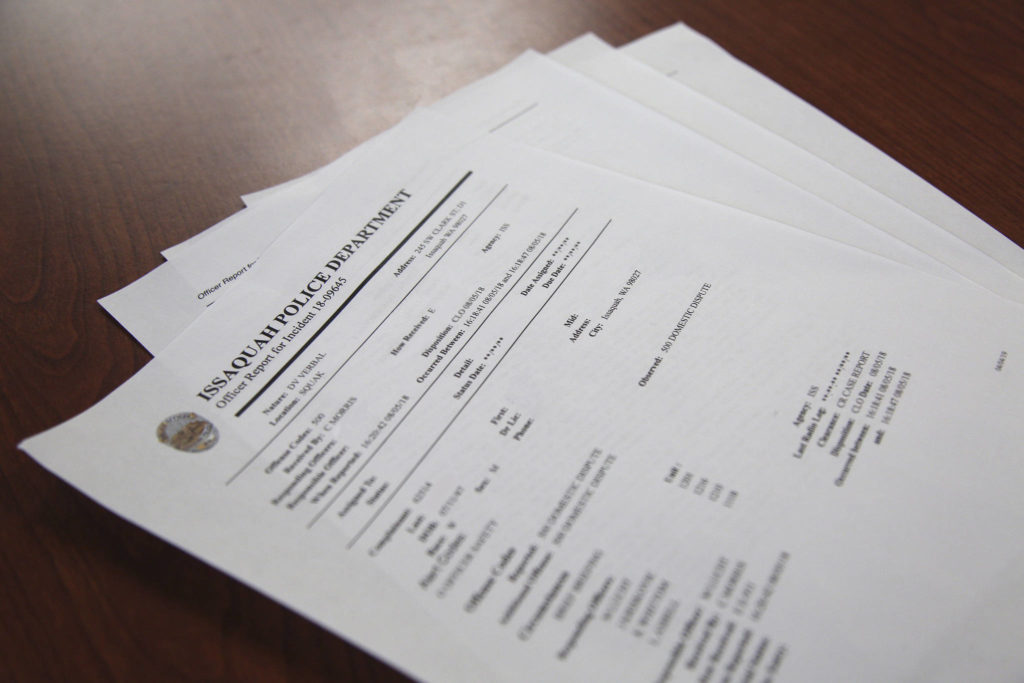
Alongside the police reports, you also need pictures from both the crime scene and your injuries. If you got burnt, cut, or broke a bone, a photo will tell it all. Indeed a picture is worth a thousand words, and in a court of law, the same applies. Word of mouth would do great, but a photo will do better. That way, it will be easier to access the damages being put on the defendant.
3. Witness statements
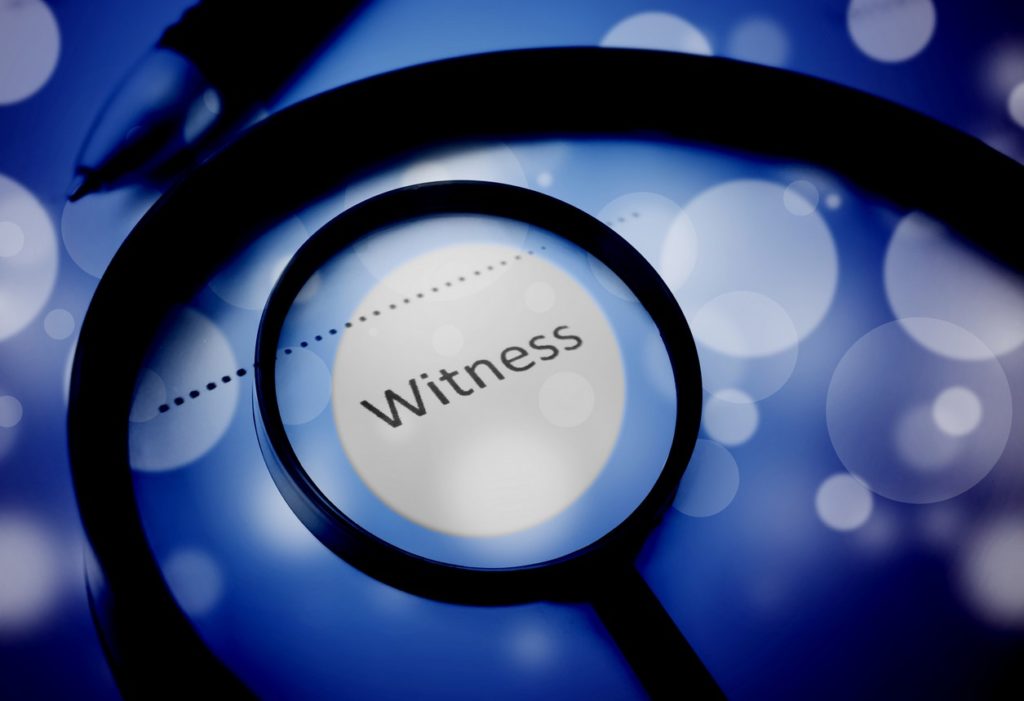
If the incident happens in the eyes of the public, make sure to get a copy of their account of events through the police. If their reports tally with what you claim to happen, then you have a strong case. But if you cook up a story and it cannot be backed up with a witness present, or it does not tally, your lawsuit will end up being dismissed.
4. Medical reports
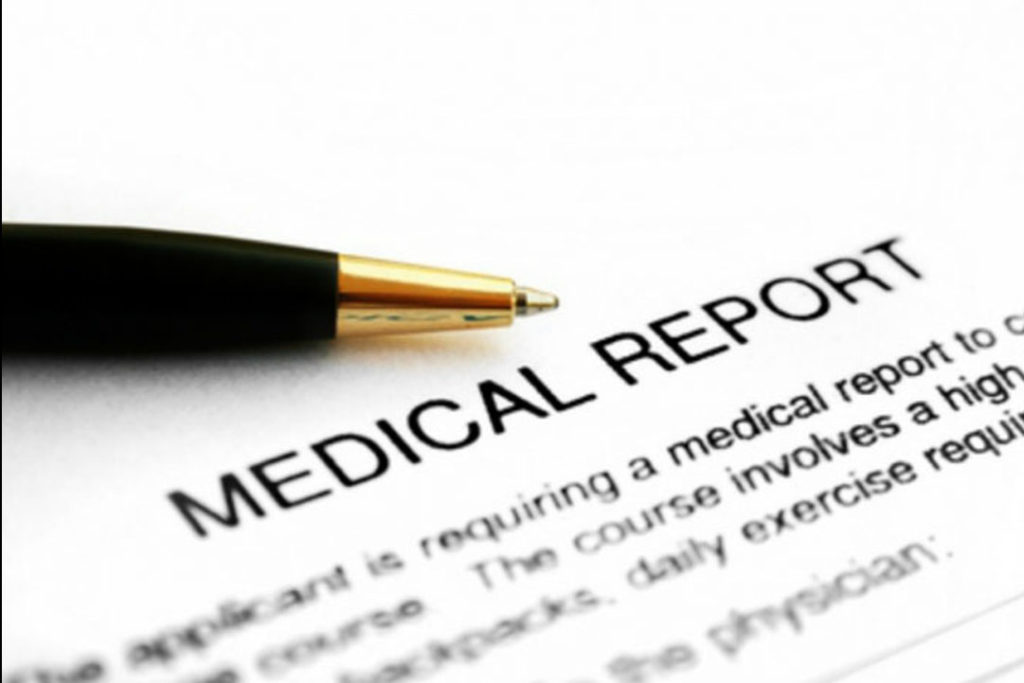
Medical reports are also vital since they show the level of damage that was caused by the incident. The medical reports should come from any medical personnel that attended to you, such as the paramedic at the scene and any other doctor you saw after that. The whole trail of documentation may include x-rays, CT scans, blood transfusions, and any other relevant piece of paper. These texts make it easier to assess if what the plaintiff is asking for as compensation under medical expenses, present, and future, make sense. Just like photos, the records do the talking for you.
5. Specialized analysis of future medical expenses

Another lot of documents you need to take to present for a personal court case are the future medical expenses evaluation forms. These are important since some injuries may need future therapeutic interventions, which also cost money. Such examples might be like future facial or other body part reconstructions, skin grafting, plastic surgery, or even physical therapy. And as we all concur, such medical treatments can cost close to millions if summed up. So much so, get a fair judgment and accurate medical review analysis from specialists in these named fields. And this will ensure that your health is catered for long after the case has been closed.
6. Work records

If you were hurt while at work, you will need to present these set of papers to the court as well. The reason behind this is so that you also get compensated for the missing days. Unfortunately, some employers might have to let you go if your injury is too severe, or it might cost them losses if they keep you. And for such scenarios, the court can set a ruling that you get a settlement that will cater to your income up until you can plan yourself further. If your work record records are spin and span with no discrepancies, it shows the court that you are a dedicated person, and that works to your advantage.
7. Past wrong-doing records on the plaintiff
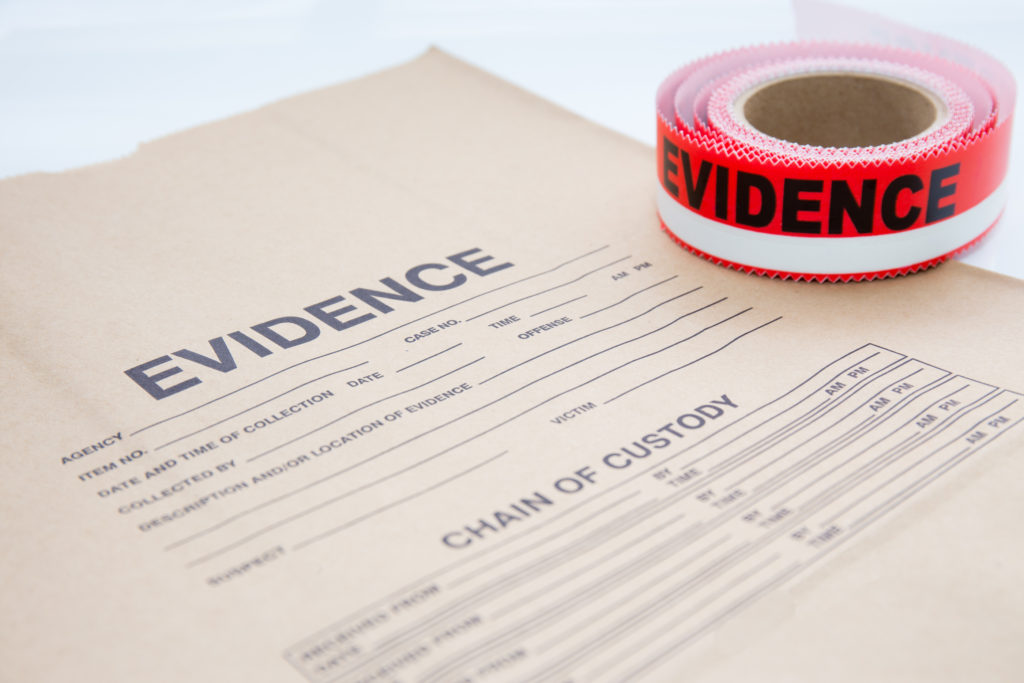
In personal injury court, there are a few cases that come up on individuals and companies being accused of an act that has happened once or several times before, and they got away with it. Maybe the previous victims did not come forward or settled before getting to court. And this can be a great way to build your case. If the plaintiff is a culprit who has had several accidents because of something they own or keep doing, then it can work for you. In this case, get videos, statements from witnesses, or any other source to support your claim. Showing that they had done the same before, hurt someone and they did nothing about it will make your case stronger. And it might even higher the stakes of your compensation. Yet again, remember that he-said-she-said in court does not work. You have to present tangible evidence, or not present that part of the case at all.
8. All receipts

For a better evaluation of your medical costs, you need to present all the receipts for all your medical expenses. Hearsay in court is quickly dismissed since they need tangible evidence of what you spent on your injuries. If you paid for an ambulance, transfusion, bed charges, surgery, or any other treatment, make sure you get all the paperwork. Remember that you can also get reimbursed for insurance costs you might have used.
9. Expert witness opinion sheet
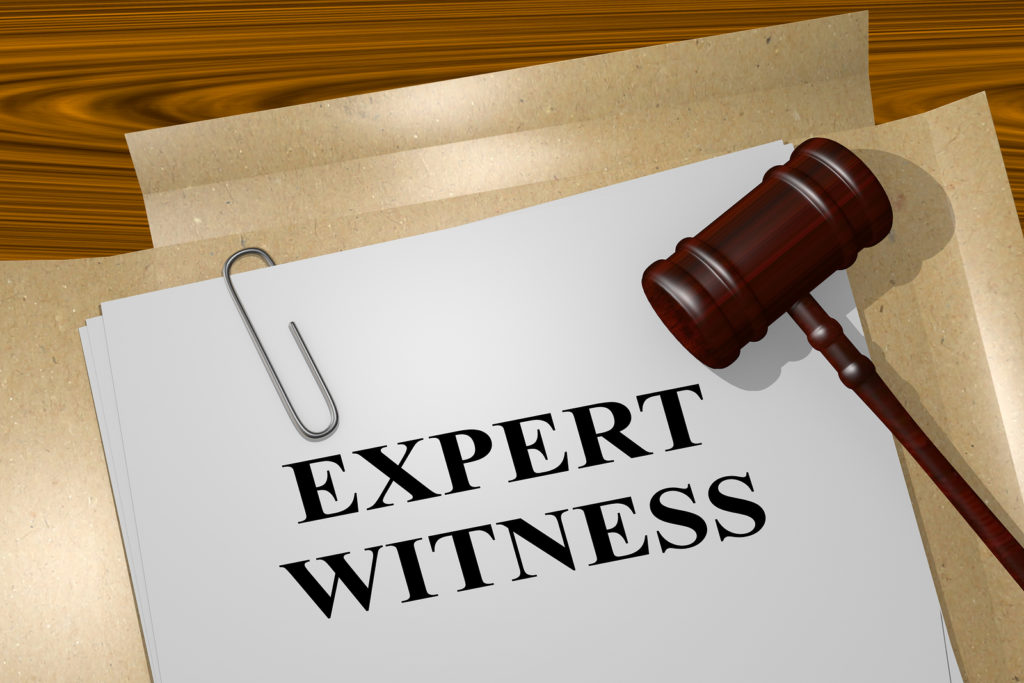
Some cases need an expert to assess the crime scene and all the events that transpired. This service may or may not be provided by the court, but must be there regardless. The expert goes in as a professional, taking a look at how things happen and the severity of the incident. Their assessment is perhaps the whistleblower showing who was really at fault. This decision is driven majorly by facts rather than rumor. So much so, no one can interfere with this report.
Conclusion
To win a case, you have to prove to the court that your claim is a reasonable one. It would help if you then offered the court with all the information relevant to the case to win. And if you were indeed right, you walk away compensated for your injuries. Unfortunately, you may have lost your job or part of your body henceforth incapacitating you to work or even function properly. And so, a hefty compensation is the least the court can do for you.











